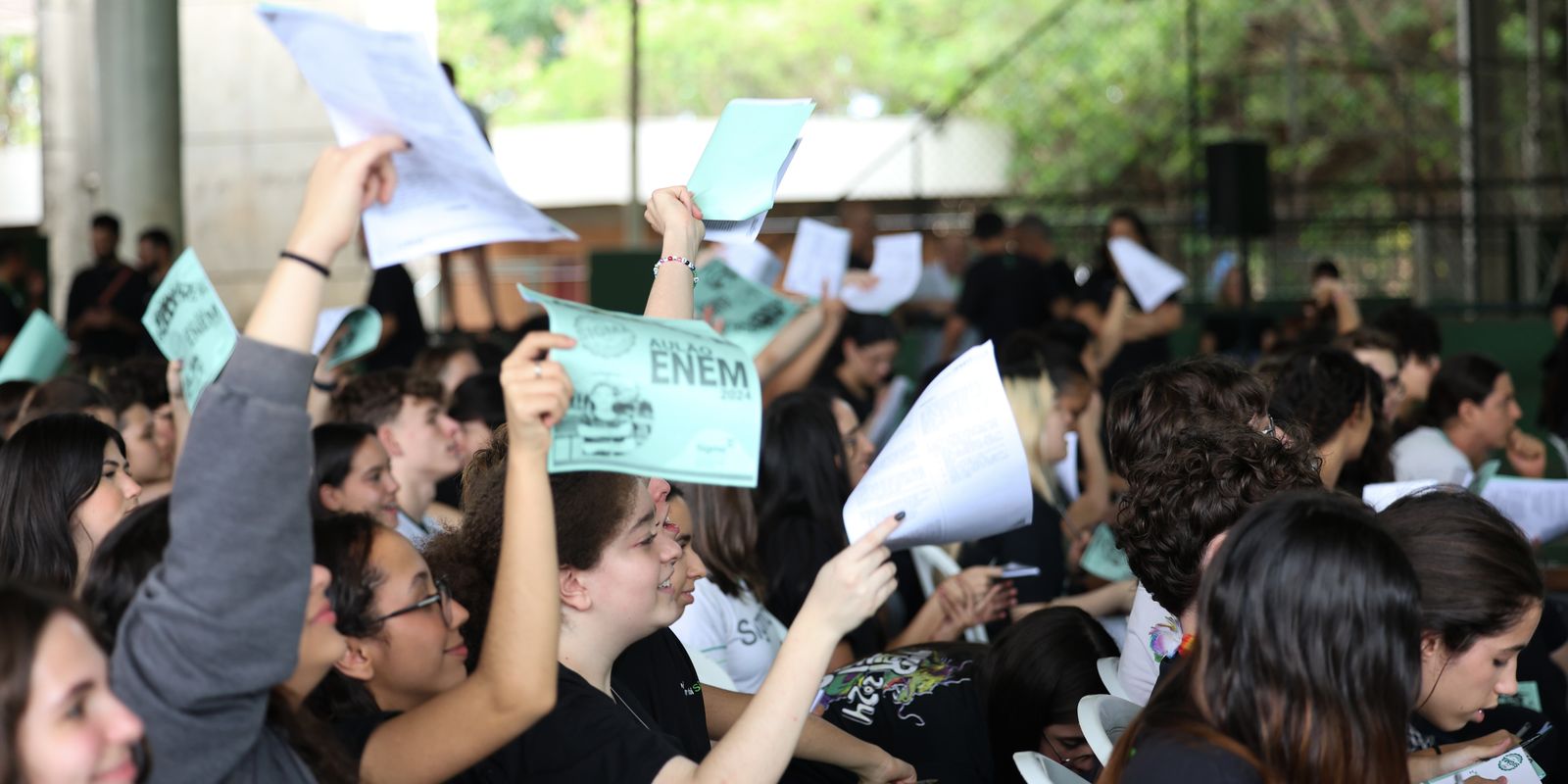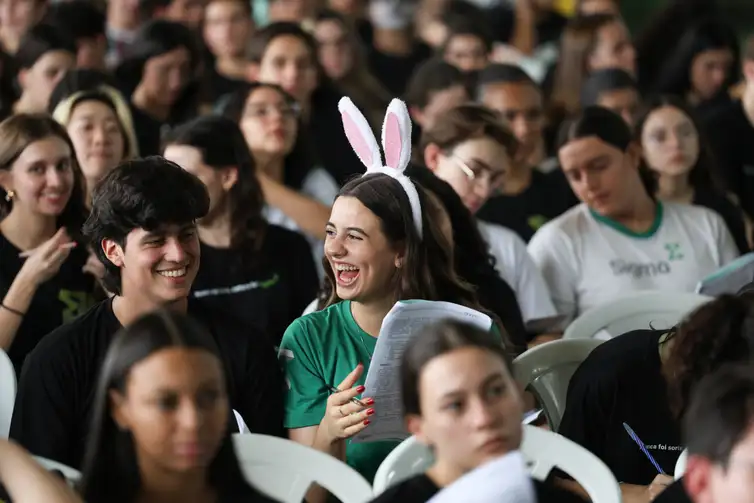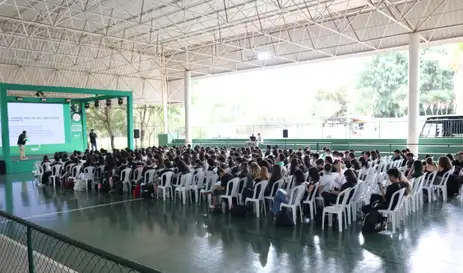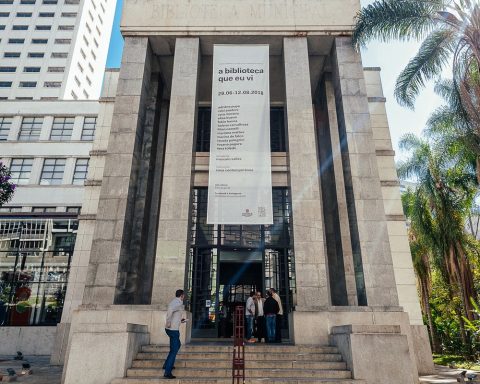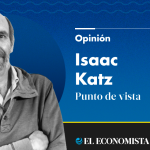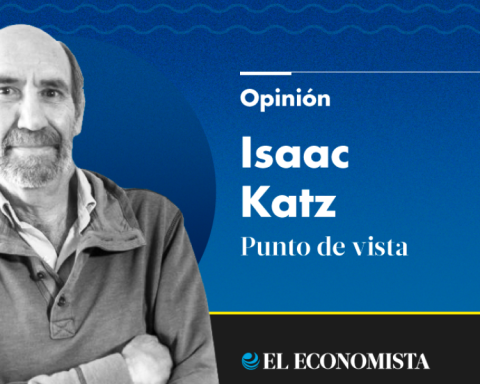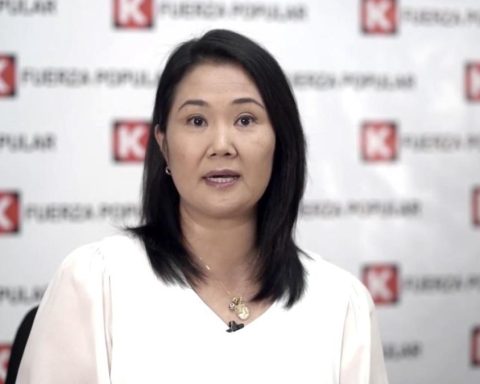Two days before the 2024 National High School Examination (Enem) is administered, candidates and teachers from various parts of the country participate in collective content review classes this Friday (1st).
More than 4.3 million confirmed registrants will test their knowledge on 45 multiple-choice language questions (Portuguese language, literature, foreign language, arts, physical education and information and communication technologies) next Sunday (3) and another 45 questions from human sciences (history, geography, philosophy and sociology), in addition to the writing test, which must be between seven and 30 lines.
In Brasília, Colégio Sigma brought together more than 400 students and teachers on the institution’s sports court this afternoon. Geography teacher Flávio Bueno, who stood on the stage set up for the class, highlighted that the preparation for the last day of study is aimed at the questions most likely to appear in the Enem.
“Now is the time to fine-tune and show that all the work these students put in throughout this period was great. And we, teachers, are here to highlight the good things that were done, leave the bad things behind and do everything we can to step on the accelerator towards victory.”
In the final stretch, the four-hour collective class served to clarify doubts, give study tips, resolve exam questions from previous editions of Enem, in a live simulation, and also review instructions about the exam, such as the closing time of the gates at the approximately 10 thousand test locations, and the duration of the tests, which on the first day will be 5 hours and 30 minutes.
Relaxation
Outside the four walls of the classrooms, teachers prepared dynamic classes, with scavenger hunts, personal interaction and strategies to optimize performance, but also promote moments of distraction for candidates. There were moments of collective singing, dancing, wearing Cosplay costumes and Halloween, celebrated this week.
History and sociology teacher, Tiago Diana, spoke to students in the so-called terceirão (third year of high school) to slow down after months of studying a large volume of content.
“There are many important tips that are talked about here. Today, because this moment is symbolic and memorable, they will remember it at the time of the test”, said Tiago Diana.
It was precisely to alleviate tensions and revisit lessons that student Vitor Rocha Menezes, 17, decided to participate in the big class. Vitor wants to study physics in higher education and, despite feeling confident with the preparation he carried out in the three years of high school, combined with the support of his family and teachers, he is worried.
“In this final stretch, we are very anxious about what will happen at the time of the test, what the topic of the essay will be and we don’t even sleep well. We can get frustrated and, therefore, it is important to relax.”
A historian for ten years, Keilla Vila Flor is a teacher of a subject called life projects, which addresses entrepreneurship, social coexistence and citizenship formation. Keilla is an advocate of motivating classes as a strategy to reduce student anxiety. “It’s important to relieve the pressure they feel throughout high school. Here, they can see that other people are in the same condition and, together, they can also calm down, relax, be very calm to shine in the test.”
The person who embarked on the choreography to the sound of axé was the young Giulia Costa Nascimento, 18 years old, who already sees herself as a student of the Psychology course at the University of Brasília (UnB). “I’m calm because I know I studied enough for this for three years. I don’t have to be anxious, because I know I’m going to do well, what I was born to do and what I want to do”, she says, determined.
Trainers
Student Cecília Guerra Macedo, 16 years old, will face the Enem exam days, as a trainer, for the first time. The second-year high school student believes that, this way, she will get to know the dynamics of the test better so that when she has to take the exam in earnest, it will be easier.
“The environment at Enem is very new, there are a lot of different people together. So, for those arriving for the first time, it seems like the pressure is much greater. Next year, I will be more prepared for that and I believe the pressure will be lighter.”
Who is in the same condition is young Thiago Araújo da Silva, 17 years old. This year’s edition is his debut in Enem. “I want to train for the Enem to get the best grade possible now and so that, next year, when it’s the official Enem, I can pass it the first time.”
Last day
After the class on the penultimate day before the first day of the Enem exams, the teachers were unanimous: students should avoid reviewing content on Saturday and rest.
Portuguese language, literature and writing teacher, Cléa Maduro, highlights that it is “important to have moments of relaxation for these students who are under a lot of pressure”. “The main thing is to make them realize that they have similar feelings [de insegurança] and that they are happy, without building that monster that is the fear of the Enem test”.
And even watching a film or listening to music, the teacher sees the opportunity for the candidate to increase their sociocultural repertoire. “I always tell students whatever they are going to do, do it calmly. Try to listen to a song, watch a documentary, a video, a film that makes up their repertoire.”
In addition to relaxing activities, the day before the Enem should be about physical and emotional preparation for the test: sleep well; maintain a healthy diet and eat light, nutritious meals. It is very important to organize the clothing and material that will be taken to the test site, including identification documents, a black pen made of transparent material, snacks and water, without forgetting to check the test location on the student pageusing the login and password on the Gov.br website.
Enem 2024
This year’s edition has 4,325,960 registrants, of which 1.6 million are high school graduates. The data is self-declaratory.
Among those registered, the majority are participants who have already finished high school (1.8 million). Furthermore, another 841,546 (19.4%) registrations are from first or second year students and 24,723 (0.6%) from people who do not attend or have completed high school, but will take the Enem as trainers.
Women are the majority among those registered – equivalent to 60.59%, while men represent 39.41%. Regarding the declaration of race and/or color of the candidates, the majority recognize themselves as brown (1,860,766), followed by white (1,788,622) and black (533,861). Another 62,288 consider themselves yellow and 29,891 declared themselves indigenous.
The state with the highest number of registrations is São Paulo, with 645,849, followed by Minas Gerais (393,007) and Bahia (376,352).
* Collaboration with Ana Carolina Alli, intern under the supervision of Marcelo Brandão
